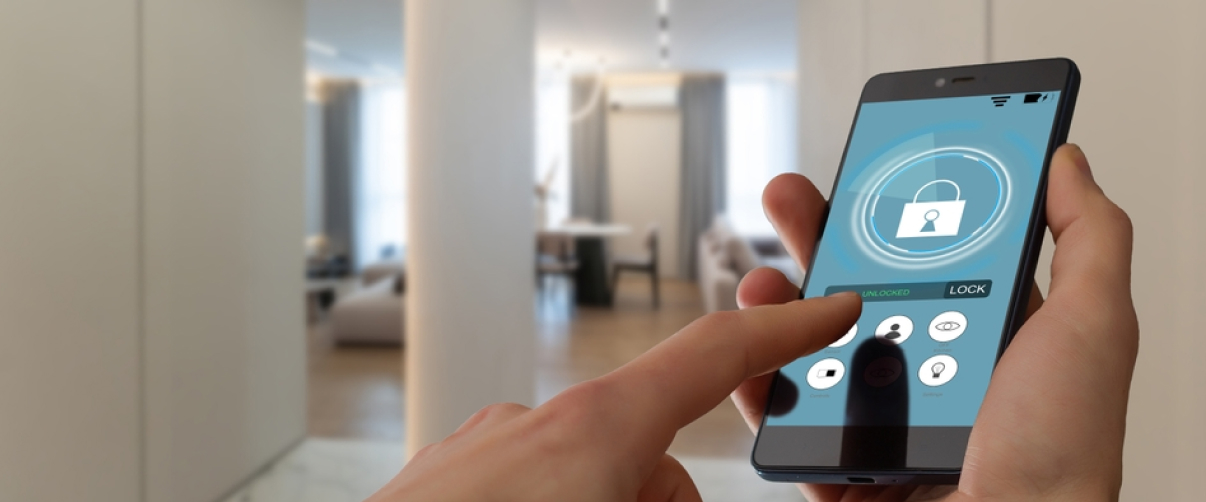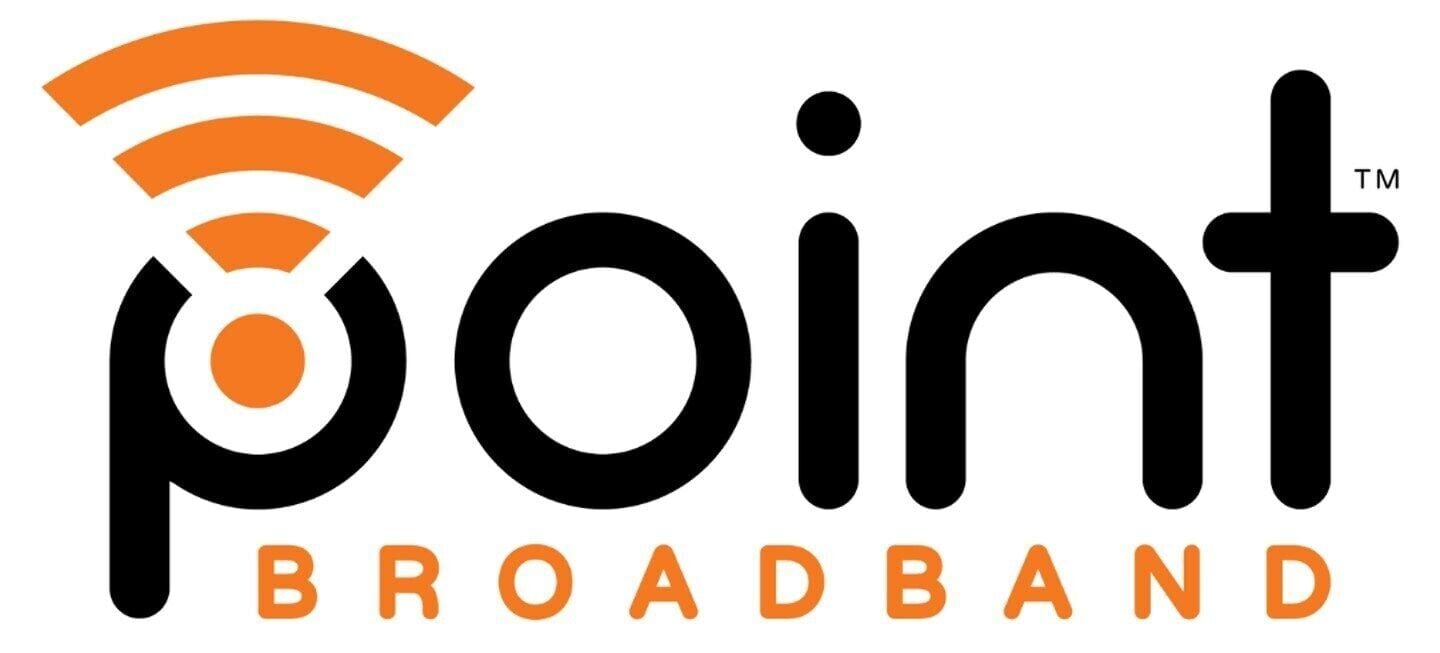In today’s fast-paced world, integrating technology into our daily lives has become more than just a convenience—it’s a way to enhance comfort, security, and efficiency in our homes. Transforming your living space into a smart home can seem daunting, but with the right approach and devices, you can make your home more tech-friendly and enjoy the myriad benefits that come with it.
Smart Home Upgrades: How to Make Your Home More Tech-Friendly

Planning Your Smart Home Upgrade
Before diving into purchases, it’s essential to plan how smart technology will fit into your home and lifestyle. Start by identifying areas where technology can have the most impact. For instance, consider which rooms could benefit from automated lighting, or where security enhancements are most needed. Creating a budget is also crucial, as smart devices can range from affordable to premium prices. Remember, while some smart home upgrades may have a higher initial cost, they often lead to long-term savings through energy efficiency and increased home value.
Choosing the Right Ecosystem
Selecting a smart home ecosystem is a foundational step in your upgrade journey. Ecosystems like Google Home, Apple HomeKit, and Amazon Alexa offer different features and compatibility with various devices. Increasingly, devices are supporting the Matter standard, which allows for greater interoperability between different brands and platforms. It’s important to consider your existing devices and which ecosystem they are compatible with to ensure a seamless integration.
Essential Smart Home Devices
Here are some key smart home devices that can significantly enhance your home’s functionality:
Smart Speakers and Displays
Smart speakers and displays act as the central hub for your smart home, allowing you to control other devices with voice commands or through a touchscreen interface. Devices like the Amazon Echo (4th Gen) with Alexa and the Google Nest Hub Max are popular choices. They offer responsive control and can serve as command centers for your home’s smart features.
Smart Lighting
Upgrading to smart lighting allows you to control your home’s ambiance remotely or through voice activation. Brands like Philips Hue offer a wide range of smart bulbs and fixtures that can be customized for brightness and color. While some systems require a hub, others can connect directly to your home network. Smart lighting not only adds convenience but can also contribute to energy savings by optimizing usage.
Smart Thermostats
Smart thermostats like the Ecobee Smart Thermostat Premium and the Google Nest Learning Thermostat learn your schedule and adjust the temperature accordingly, enhancing comfort and efficiency. These devices can be controlled remotely and can lead to significant energy savings over time by optimizing your heating and cooling systems.
Smart Security Systems
Enhancing your home’s security with smart devices provides peace of mind. Smart locks, such as the August Wi-Fi Smart Lock, allow keyless entry and can be controlled remotely. Installing smart cameras and video doorbells like the Ring Battery Doorbell Plus keeps you informed about who is at your door, even when you’re not home. These devices often feature motion detection and real-time alerts, enabling you to monitor your home from anywhere.
Smart Plugs and Power Strips
Smart plugs, like the TP-Link Kasa Smart Wi-Fi Plug, turn ordinary devices into smart ones by allowing you to control them remotely. They are an affordable way to begin automating your home and can be programmed to follow schedules, contributing to energy efficiency.
Integration and Compatibility
When building a smart home, it’s important to ensure that all your devices can communicate with each other. Many smart devices now support integration with multiple ecosystems and can be controlled through a single app or voice assistant. This interoperability simplifies the management of your home’s technology. Keep in mind that some devices may require professional installation, while others are user-friendly and can be set up on your own.
Overcoming Challenges
While smart home technology offers numerous benefits, there are some considerations to keep in mind:
- Cost: Initial investment can be high, but consider the long-term savings and increase in home value.
- Compatibility: Ensure that new devices are compatible with your chosen ecosystem to avoid integration issues.
- Privacy and Security: Protect your network with strong passwords and keep your devices updated to guard against cybersecurity threats.
- Internet Requirements: A reliable and high-speed internet connection is crucial for optimal performance of smart devices.
Kristi from “Making it in the Mountains” shares that starting small can help you ease into smart home technology. She suggests beginning with basic devices like smart plugs or lamps and gradually expanding your system as you become more comfortable.
The Future of Smart Living
Integrating smart technology into your home is not just a trend—it’s a step towards a more convenient, efficient, and secure lifestyle. As technology advances, smart homes will continue to offer innovative solutions that cater to our evolving needs. By carefully planning and selecting the right devices, you can create a home that’s not only tech-friendly but also enhances your quality of life.











